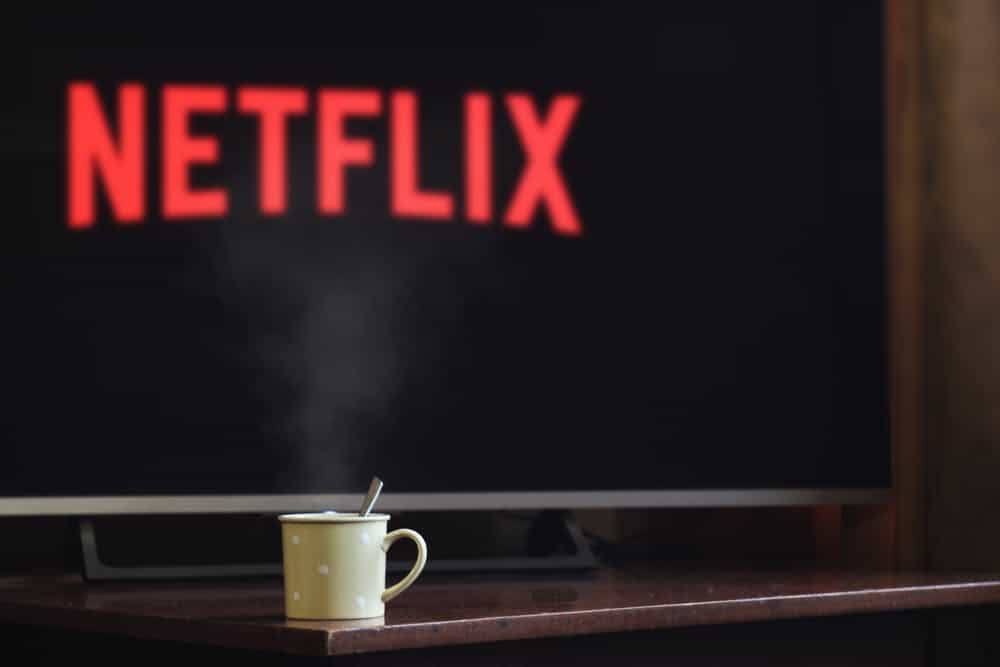The percentage of LGBTQ series regulars seen on broadcast TV has reached an all-time high, according to GLAAD’s annual Where We Are on TV report.
Of the 879 regular characters expected to appear on broadcast scripted primetime programming this season, 10.2 percent (or 90 characters) were identified as LGBTQ; an additional 30 were recurring LGBTQ characters. This is the highest percentage of LGBTQ characters seen on TV in the fifteen years GLAAD has been, up from the last record high: 8.8 percent last year.
The number of LGBTQ characters seen on cable also increased, with a total of 215 characters: 121 regular and 94 recurring. On streaming services like Amazon, Netflix, and Hulu, 109 regular characters and 44 recurring characters were LGBTQ.
While bi+ characters made up less of the LGBTQ characters seen than last year (26 percent), more characters were bi+, increasing from 117 to 128. While more female characters were bi+ (90), there was an increase in bi+ men up to 36.
Asexual representation dropped since last year; Todd Chavez from BoJack Horseman was the only asexual character seen on all platforms, down from two asexual characters last year.
The report also found significant racial diversity among these LGBTQ characters; of the 120 total characters seen on broadcast TV, 52 percent (or 62 characters) were people of color—a two percent increase from last year. Of the 215 cable characters, 48 percent (or 103 characters) were people of color; of the streaming character, 41 percent were also people of color, a seven-point decrease from last year.
“Last year, GLAAD called on the television industry to increase the number of LGBTQ characters and more accurately reflect the world we live in, and they responded by exceeding this challenge,” said Sarah Kate Ellis, the president and CEO of GLAAD. “At a time when the cultural climate is growing increasingly divisive, increased representation of LGBTQ stories and characters on television is especially critical to advance LGBTQ acceptance. Shows like Pose, Schitt’s Creek, Batwoman, and Billions demonstrate that not only are LGBTQ stories and characters on TV becoming more diverse, but that viewers everywhere continue to respond with extreme positivity.”

